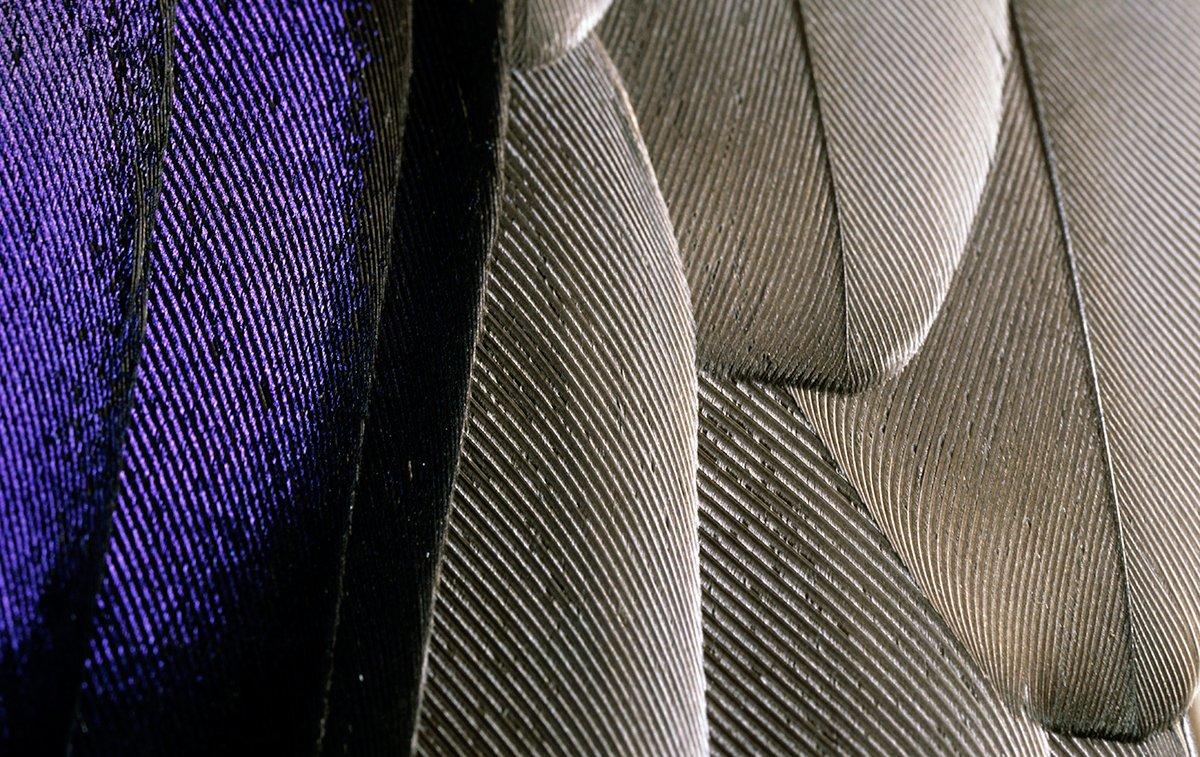Often, the definition lies with the hunter
As sportsmen and women, we like numbers. We seemingly have some innate desire to quantify everything. Flip through the grip-and-grin photos in an outdoors magazine and you'll see what I mean. We're bombarded with pictures of outdoorsmen posing with 5-pound bass, 150-inch bucks and turkeys with 10-inch beards. It's all about stats.
In that regard, waterfowl hunters are different. As far as I know, there's no record book listing the heaviest honker or longest pintail sprig. The only quantifiable stat is the number of birds bagged. A photo with hunters displaying a bunch of birds can be impressive, but even those sometimes lack the appeal of a nice fish picture or a big-buck image. Some duck photos are great, featuring fully plumed birds nicely arranged with just the right lighting. But let's face it: Waterfowl hunting is a wet, muddy sport. I've seen (and taken) plenty of photos of ducks in eclipse plumage that look like they came straight out of a washing machine after sopping up water in the bottom of a boat or being retrieved from thick, muddy cover by a retriever. Looking back on photos of these birds just isn't that impressive.
It can be difficult to explain to stat-loving sporting types who don't hunt waterfowl why we're so passionate about our sport. I've never seen a duck with antlers that could be hung on the wall. So what makes a waterfowl trophy?
The answer is probably as diverse as the number of reasons why we pursue ducks and geese. Looking at my own waterfowl hunts, I've had many fond memories through the years, but certain things stand out.
Most hunters will never forget their first duck or goose. It's a milestone accomplishment. For some, it came easy, perhaps on the first shot during their first day afield. For others, it might have taken some hard lessons and multiple seasons to be in the right place at the right time to make a good shot on that first bird. Likewise, watching your son or daughter, or even your wife or girlfriend, take a first bird is equally memorable and maybe even more satisfying.
One nice thing about waterfowl hunting, perhaps more than deer hunting, is the social aspect of the sport. It's easier to share a duck blind with other hunters without worrying about your conversation or your scent scaring away your quarry. The people with whom we hunt are every bit as important for many hunters as actually bagging game. Birds taken with good company become more than just another duck or goose. Think of the last duck you shot with your grandfather, the first time you took your girlfriend hunting, the last hunt with your brother before he enlisted in the service or perhaps even the chance to hunt with a hunting celebrity. The company we keep can elevate the hunt to a higher level, and a bird flying over our mantel from those hunts will help us relive cherished moments.
And it's not just the people that we share the blind with. Let's not forget our four-legged companions. A mount of our trusty Lab's first (or last) retrieve or an especially amazing retrieve, when we thought Drake would never come up with the bird, can warm our hearts on the coldest days.
The setting is just as important as the people with whom we hunt. It's common to mount a bird or at least look back fondly at pictures from hunts at a special place. It might be something as exotic as a once-in-a-lifetime harlequin hunt on Kodiak Island or as mundane as a pretty drake wood duck shot at Uncle Dave's pond. The mount or photos take us back to the sights and smells of a new day at a new place, or good memories from an old, familiar hunting ground. Mounted birds or great photos become virtual souvenirs from these special places.
One quantifiable stat we have as waterfowl hunters is the number of species we've bagged during our lifetime. Although most hunters couldn't tell you that number off the top of their head, for some, it's important. More common, however, is a desire to bag certain species. Some simply want to shoot a beautiful bull canvasback for the wall, or take a massive king eider, just because it's something different and unusual. To that end, we might book a hunt at a distant place to fulfill the dream. In some cases, it might take years of trying for a chance encounter at a specific species. The mount of those long-desired birds serves as a reminder of our quest and ultimate success.
Circumstances surrounding the hunt can also make a bird a special trophy. A bird killed on a tough long-distance shot can be memorable. The same can be said for a hunt during a raging wind or blizzard, when ducks flew with reckless abandon and we battled against the elements to bag a few birds and just make it back to the boat landing.
And of course, killing a banded bird always makes a unique trophy.
The definition of a trophy duck or goose is in the eye of the beholder. No, we might not weigh our birds or measure them, but that doesn't mean they're not special. Beautiful sunrises, good companions and great memories serve to enhance the beauty of a bird in hand.
Click here for more Realtree waterfowl hunting content. And check us out on Facebook.









